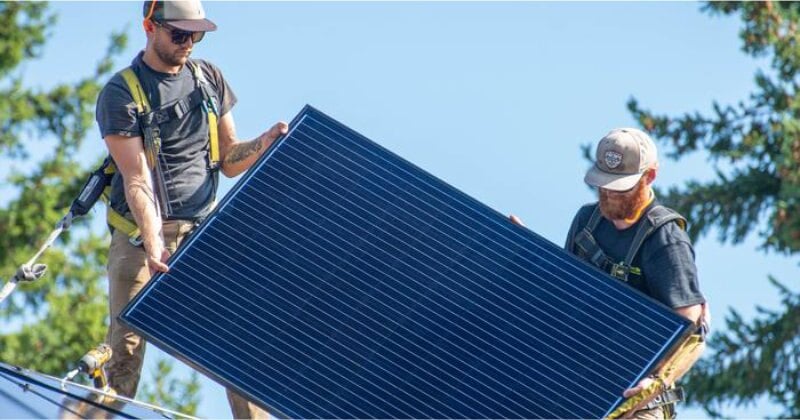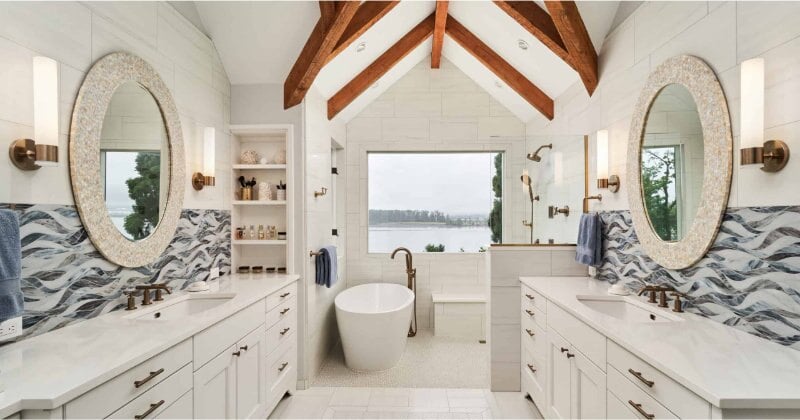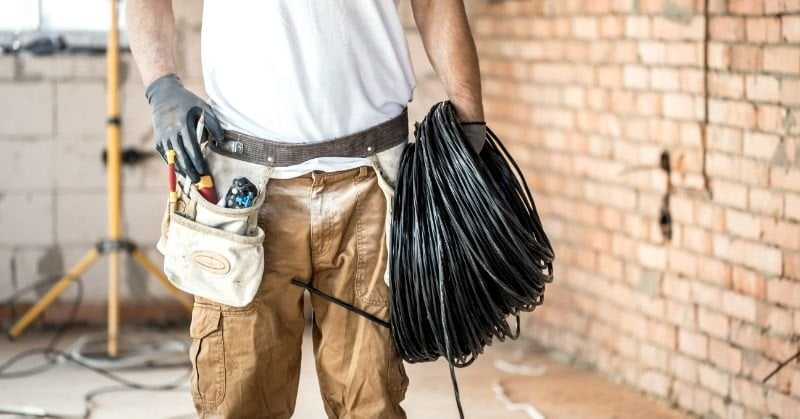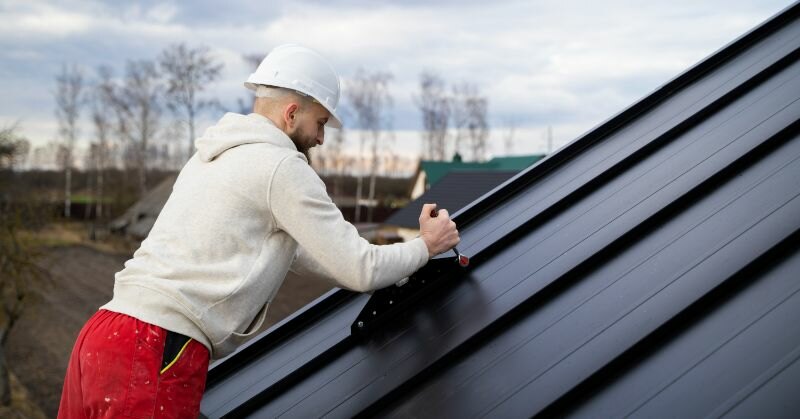Portable air conditioners (PACs) have gained popularity as a flexible cooling solution, particularly for those who need temporary relief from the heat or have specific cooling needs for certain areas. But do they really work? This guide will explore the effectiveness, benefits, and considerations of portable air conditioners to help you determine if they are a suitable option for your needs.
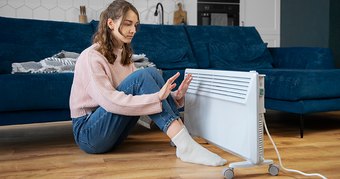
How Do Portable Air Conditioners Work?
Portable air conditioners function by extracting warm air from the room, cooling it, and then expelling the heat through an exhaust hose that is typically directed out a window or through a wall vent. Here's a brief overview of the process:
-
Intake: The unit draws in warm air from the room.
-
Cooling: The air passes over a refrigerant-cooled coil, which lowers its temperature.
-
Exhaust: The heat removed from the air is expelled through an exhaust hose.
-
Dehumidification: Many PACs also remove moisture from the air, which collects in a tank or is expelled through a hose.
Effectiveness of Portable Air Conditioners
Cooling Capacity
The effectiveness of a portable air conditioner largely depends on its cooling capacity, measured in British Thermal Units (BTUs). Here’s a general guideline for BTU requirements based on room size:
-
Up to 200 sq. ft.: 8,000 BTUs
-
200-300 sq. ft.: 10,000 BTUs
-
300-450 sq. ft.: 12,000 BTUs
-
450-600 sq. ft.: 14,000 BTUs
It is crucial to choose a unit with the appropriate BTU rating for your room size to ensure effective cooling. An underpowered unit will struggle to cool the space, while an overpowered unit may cool too quickly without adequately dehumidifying.
Energy Efficiency
Portable air conditioners tend to be less energy-efficient compared to window units or central air systems. The Energy Efficiency Ratio (EER) can help gauge efficiency – the higher the EER, the more efficient the unit. Many modern PACs come with energy-saving features such as programmable timers and eco modes to help reduce energy consumption.
Airflow and Coverage
The design and placement of the PAC can affect its performance. Ensure there is adequate clearance around the unit for optimal airflow, and position the exhaust hose correctly to prevent heat from re-entering the room. PACs generally work best in single rooms or smaller spaces rather than attempting to cool entire homes or large areas.
Benefits of Portable Air Conditioners
Flexibility and Portability
One of the primary advantages of PACs is their portability. These units can be easily moved from room to room, providing cooling wherever it is needed most. This makes them an excellent option for renters, small apartment dwellers, or those who need a temporary cooling solution.
Easy Installation
Portable air conditioners do not require permanent installation. Setting up a PAC typically involves attaching the exhaust hose to a window kit and plugging the unit into a standard electrical outlet. This ease of installation is convenient for those who cannot or do not want to install a window unit.
Additional Features
Modern portable air conditioners often come with a variety of features, including:
-
Remote Controls: Allow for easy adjustments from across the room.
-
Dehumidifier Functions: Help reduce humidity levels, improving overall comfort.
-
Multiple Fan Speeds: Provide customizable airflow options.
-
Auto-Restart: Ensures the unit resumes operation after a power outage.
Considerations and Limitations
Noise Level
Portable air conditioners can be noisier than other cooling options due to the compressor and fan being housed inside the room. It's important to check the decibel rating if noise is a concern.
Maintenance
Regular maintenance is necessary to keep a PAC running efficiently. This includes cleaning or replacing air filters, emptying condensate tanks (if applicable), and ensuring the exhaust hose is clear of obstructions.
Space Requirements
While portable, PACs do require floor space and an accessible window or vent for the exhaust hose. Make sure your chosen location can accommodate the unit without obstructing walkways or furniture.
Conclusion
Portable air conditioners can be an effective cooling solution when used appropriately. They offer flexibility, easy installation, and a range of features that make them suitable for various situations. However, it is essential to select the right size and consider the limitations to ensure optimal performance.
